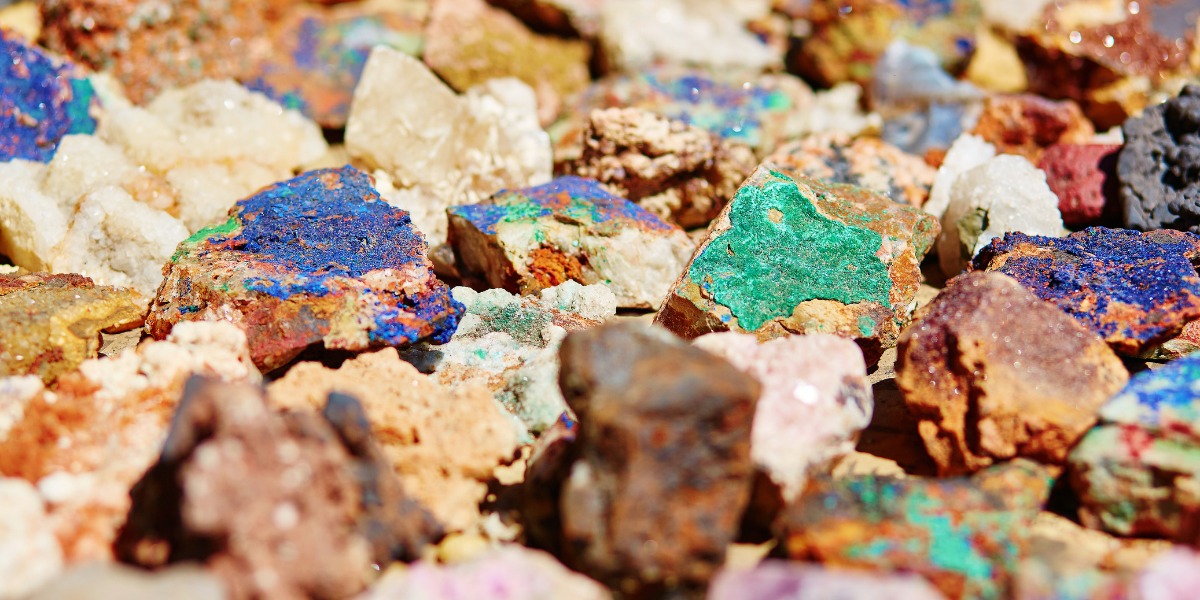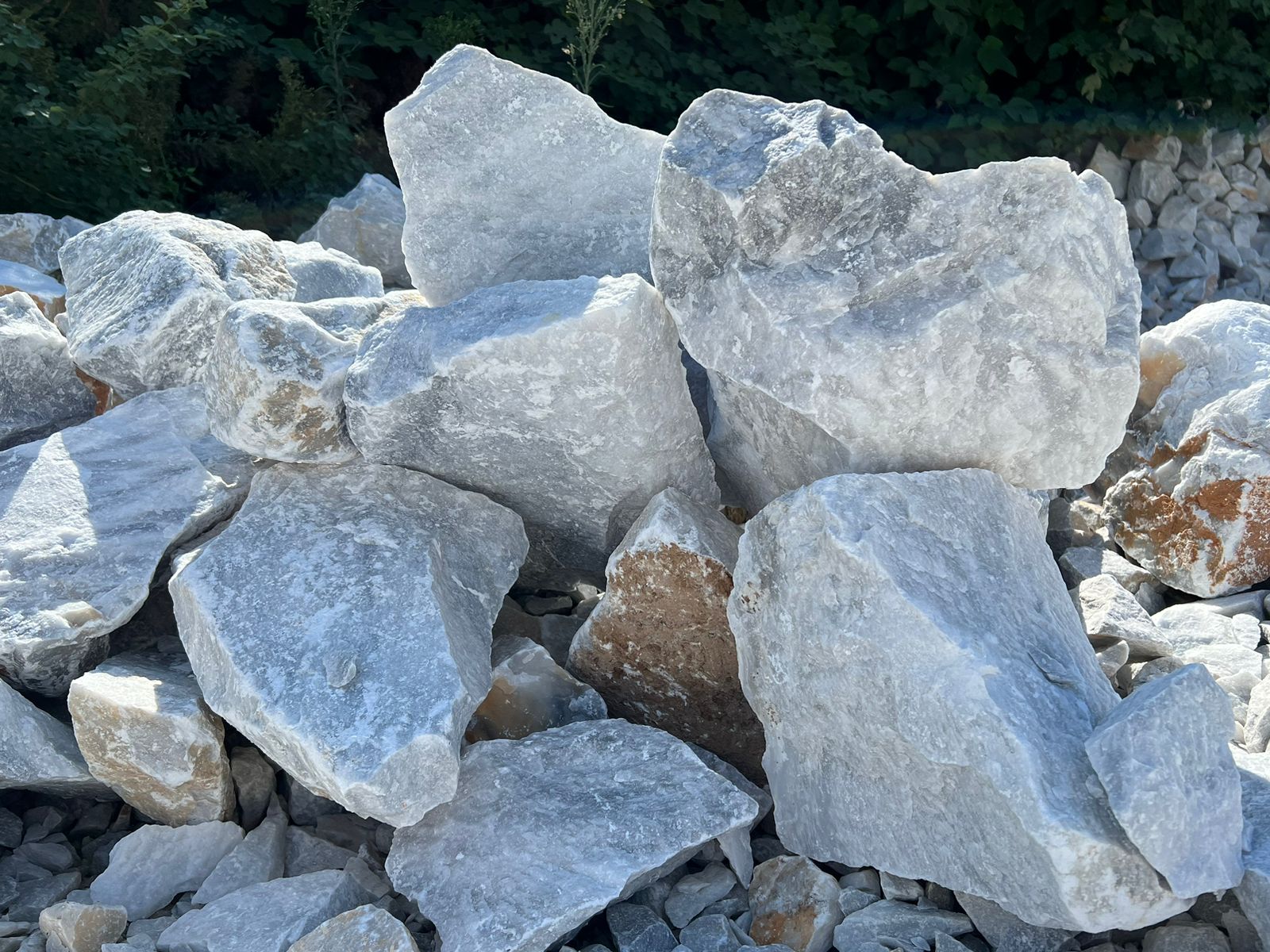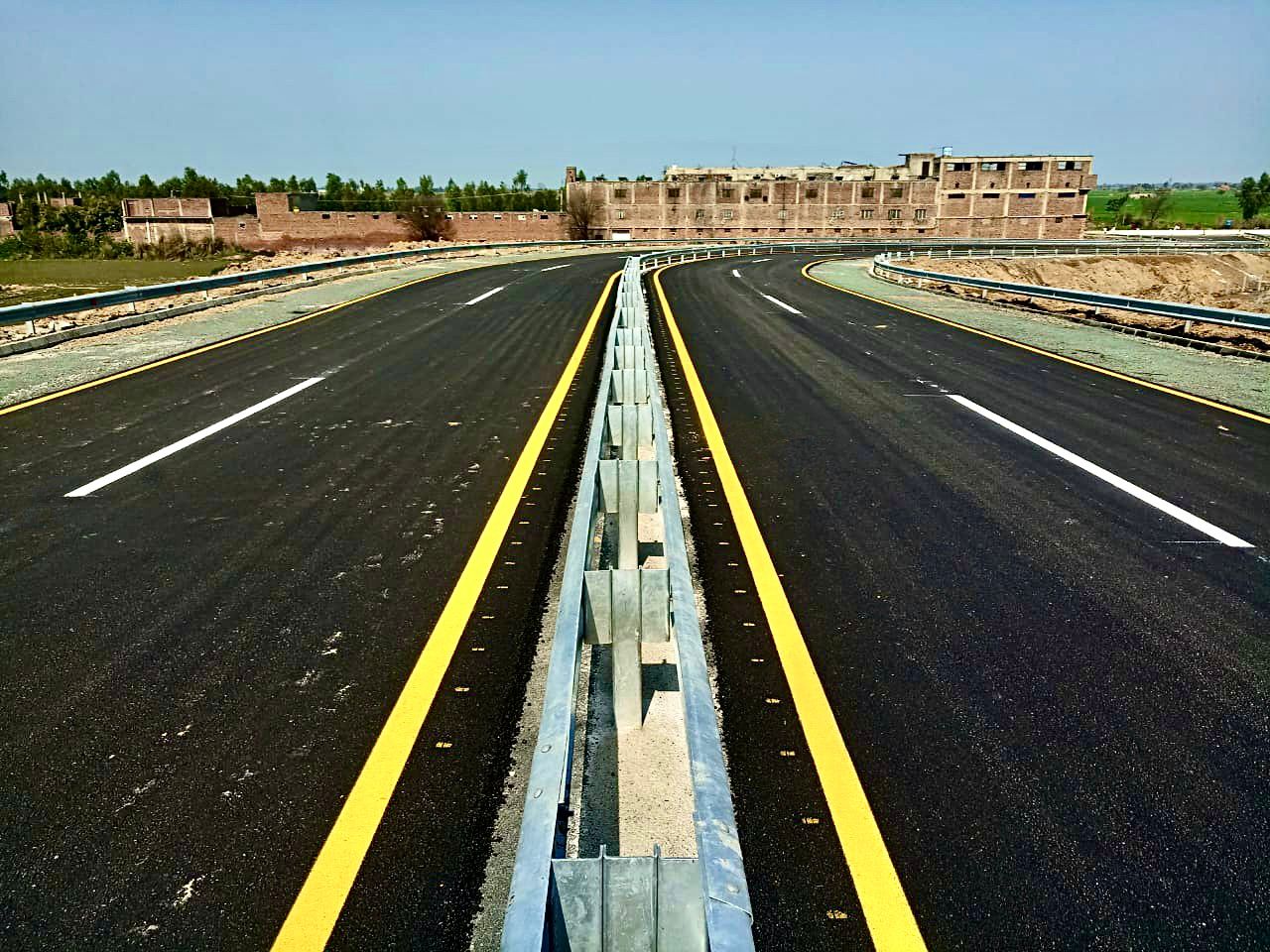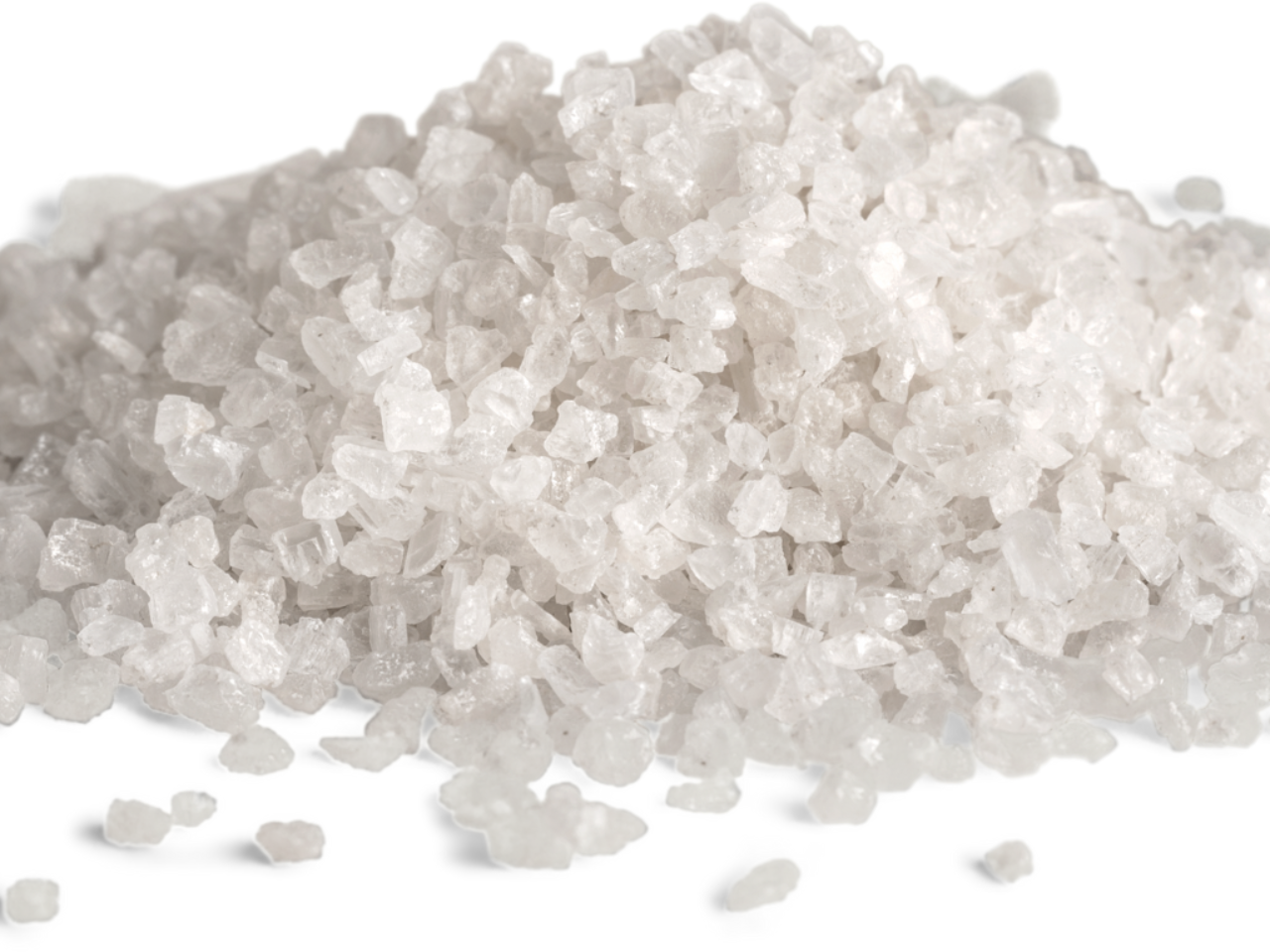In the paint and coatings industry, achieving the perfect balance between performance, appearance, and cost is essential. Among the various additives used, Calcium Carbonate (CaCO₃) has emerged as one of the most versatile and cost-effective minerals. It not only improves the optical and mechanical properties of paints but also enhances their durability and economic efficiency.
This article explores how CaCO₃ contributes to brightness, opacity, adhesion, and cost-effectiveness, and why it remains a crucial component in modern paint formulations.
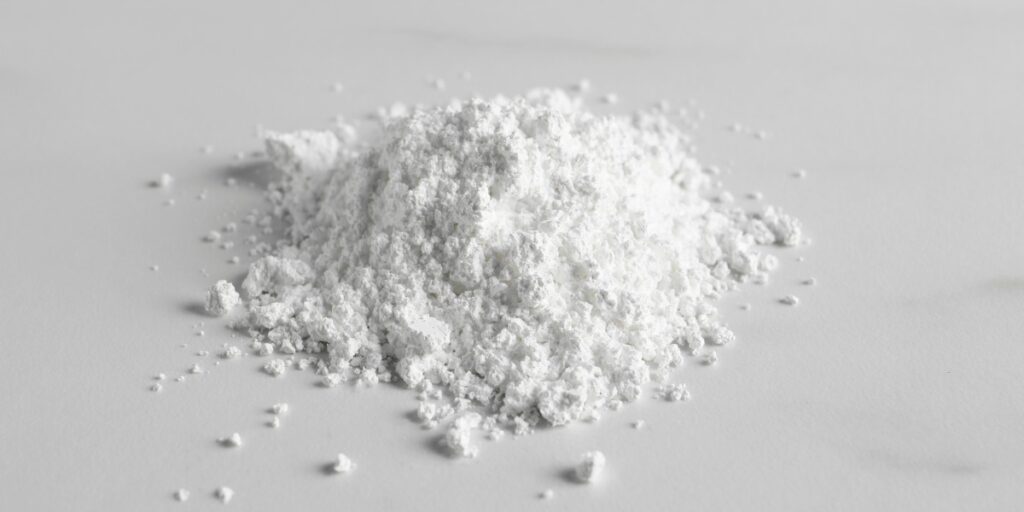
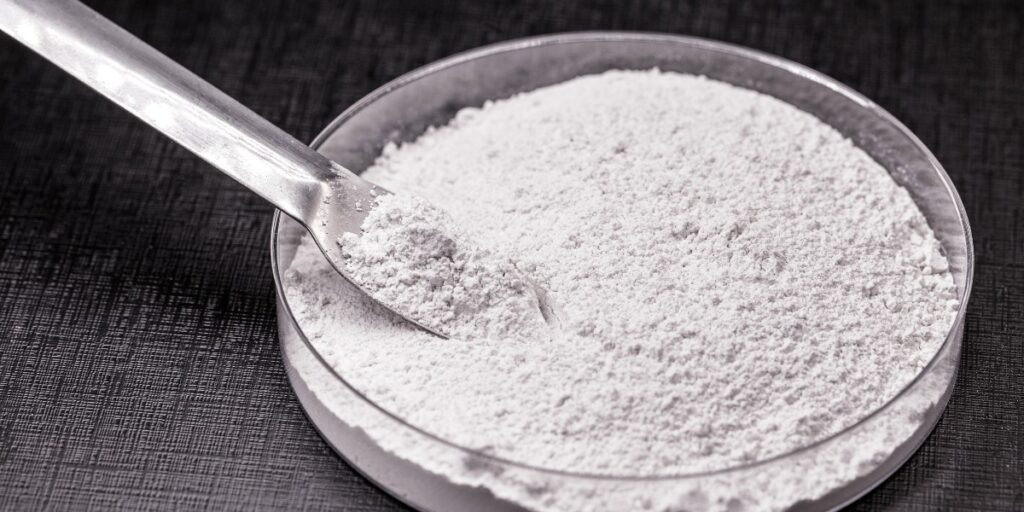
What Is Calcium Carbonate (CaCO₃)?
Calcium Carbonate (CaCO₃) is a naturally occurring mineral found in limestone, chalk, and marble. It is widely used as a filler and extender in various industries including plastics, rubber, paper, and paints. In coatings, it acts as a functional extender that enhances the paint’s performance while reducing formulation costs.
For more details on mineral fillers and their industrial applications, you can explore our article on The Role of Mineral Additives in Paints and Plastics.
Improving Brightness and Whiteness
One of the most visible advantages of using calcium carbonate is its ability to enhance brightness and whiteness in paints. High-purity CaCO₃ has a brilliant white color that improves the optical appearance of coatings.
It serves as an excellent white pigment extender, often used alongside titanium dioxide (TiO₂) to maintain brightness while reducing overall pigment costs. The fine particle size of precipitated calcium carbonate (PCC) scatters light effectively, resulting in a smooth, uniform, and radiant surface finish.
In decorative paints and industrial coatings, this brightness ensures visual appeal, which is a key quality factor for end-users.
Enhancing Opacity and Hiding Power
Opacity determines how well a paint can cover the surface beneath it. Calcium carbonate contributes significantly to hiding power due to its light-scattering properties.
When combined with titanium dioxide, CaCO₃ improves the dispersion of TiO₂ particles, optimizing their reflective potential. This means you can achieve the same opacity with less titanium dioxide, which is one of the most expensive ingredients in paint formulations.
By integrating CaCO₃, manufacturers create coatings that offer better coverage, improved film uniformity, and reduced raw material costs—a triple advantage for both performance and economics.
For a deeper look into optical performance optimization, check out our guide on [Enhancing Coating Efficiency with Functional Minerals].
Boosting Adhesion and Surface Durability
A key performance requirement for coatings is adhesion—the ability of the paint film to stick firmly to the substrate. Calcium carbonate contributes to this by improving surface interaction and film cohesion.
Its microstructure provides a slightly rough texture, increasing the mechanical grip between the coating and the surface. This helps prevent flaking, cracking, and peeling, even under harsh environmental conditions.
In addition, CaCO₃ enhances the coating’s hardness and abrasion resistance, which are essential for industrial and protective paints used in infrastructure, marine, and automotive sectors.
Improving Rheology and Application Properties
Rheology—the flow and spread of paint—is crucial for application quality. The incorporation of fine calcium carbonate particles helps control the viscosity and flow characteristics of the paint.
It allows the coating to spread evenly without sagging, dripping, or forming streaks. This results in:
- Smooth brush and roller application
- Consistent film thickness
- Reduced splatter during spraying
These characteristics make CaCO₃ a preferred additive in architectural paints, primers, and industrial coatings.
Enhancing Cost-Effectiveness
Perhaps the most appealing advantage of CaCO₃ is its cost-effectiveness. Since titanium dioxide (TiO₂) is expensive, partially replacing it with high-quality calcium carbonate significantly reduces formulation costs without compromising on quality.
Moreover, calcium carbonate’s abundance and easy availability make it a sustainable and economically viable option for paint manufacturers.
By optimizing pigment volume concentration (PVC) with CaCO₃, companies achieve a balance between performance and price, ensuring profitability without sacrificing coating standards.
To learn more about cost optimization in paint formulations, visit our article [How to Formulate High-Performance Paints on a Budget].
Environmental and Sustainability Benefits
In today’s eco-conscious market, the use of sustainable materials is more important than ever. Calcium carbonate is a naturally occurring, non-toxic mineral, making it environmentally friendly compared to synthetic alternatives.
Its inclusion can also help lower the carbon footprint of paint production, especially when used in water-based systems. Manufacturers appreciate its compatibility with low-VOC formulations, supporting the global shift toward greener coatings.
Role in Different Types of Paints and Coatings
Calcium carbonate plays different roles depending on the type of coating:
- Architectural Paints: Enhances brightness and opacity for decorative finishes.
- Industrial Coatings: Improves hardness and chemical resistance.
- Automotive Paints: Ensures better surface smoothness and color consistency.
- Marine Coatings: Boosts durability against saltwater and humidity.
- Powder Coatings: Provides uniform distribution and improves surface finish.
These diverse applications show the versatility of CaCO₃ across both functional and aesthetic domains.
Particle Size and Type Matter
The performance of CaCO₃ in coatings depends largely on its particle size and type.
- Ground Calcium Carbonate (GCC): Derived from natural sources and used where coarser particles are suitable, like textured paints.
- Precipitated Calcium Carbonate (PCC): Manufactured synthetically to achieve ultra-fine particle size for high-gloss and premium coatings.
Selecting the right grade ensures optimal performance in terms of dispersion, coverage, and film strength.
For more insights on particle engineering, you can refer to our post [Choosing the Right Mineral Grade for Industrial Applications].
Quality Matters: The Importance of Purity and Consistency
Not all calcium carbonates are equal. The purity, whiteness, and particle distribution directly affect coating quality. Paint manufacturers rely on consistent and high-quality CaCO₃ sources to maintain color accuracy, film integrity, and durability.
Premium-grade calcium carbonate suppliers ensure:
- High chemical purity (>98%)
- Uniform particle size
- Low oil absorption for better dispersion
Such qualities make a substantial difference in long-term coating performance.
The Future of CaCO₃ in Coatings
With increasing emphasis on eco-friendly formulations, cost reduction, and performance optimization, the role of calcium carbonate will continue to expand. Researchers are now exploring nano-calcium carbonate, which offers enhanced surface area, better dispersion, and improved film strength.
As paint technology advances, CaCO₃ will remain a key enabler in achieving sustainable, durable, and visually appealing coatings.
Final Thoughts
Calcium Carbonate (CaCO₃) remains one of the most indispensable materials in paint and coating formulations. Its ability to enhance brightness, opacity, adhesion, and cost-efficiency makes it a preferred additive for manufacturers striving for high-quality, sustainable, and affordable coatings.
By choosing the right grade and maintaining purity, paint formulators can fully leverage the potential of CaCO₃ to create products that meet modern performance and environmental standards
Frequently Asked Questions (FAQs)
- Why is calcium carbonate used in paints?
It enhances brightness, opacity, and durability while reducing costs by partially replacing expensive pigments like titanium dioxide. - What is the difference between ground and precipitated calcium carbonate?
Ground calcium carbonate (GCC) is naturally mined, while precipitated calcium carbonate (PCC) is synthetically produced for finer particle size and higher purity. - Does calcium carbonate affect paint adhesion?
Yes, it improves adhesion by providing a textured surface that enhances the bond between the paint film and the substrate. - Is calcium carbonate environmentally friendly?
Absolutely. It’s a natural, non-toxic mineral compatible with low-VOC and water-based formulations, making it eco-friendly. - How does CaCO₃ reduce paint formulation costs?
By replacing part of the titanium dioxide (TiO₂) content, CaCO₃ lowers raw material expenses without sacrificing opacity or brightness.

